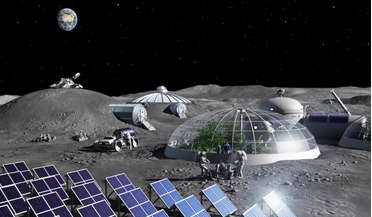 20 January 2020
ESA facility begins producing oxygen out of simulated moon dust
20 January 2020
ESA facility begins producing oxygen out of simulated moon dust
... of minerals or glass, so to use it, you need to process it and the easier you can do this, the better. Returning to the Moon is top of the list for a number of private companies and space agencies who all have different agendas. Some want to ...
 25 April 2018
The Final Mission: Preserving NASA’s Apollo Sites
25 April 2018
The Final Mission: Preserving NASA’s Apollo Sites
...best way to decide whether the subject is of interest is to consider the question of those first historic footprints on an alien world, made in the lunar dust by Armstrong and Aldrin. If no-one returns to the Moon, they will remain there forever, but...
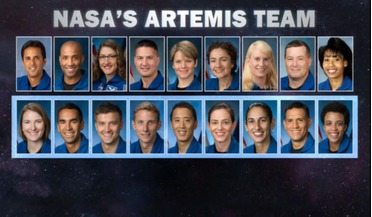 11 December 2020
NASA reveals Artemis Team to train for moon landings
11 December 2020
NASA reveals Artemis Team to train for moon landings
... technical development. They also will engage the public and industry on the Artemis program and NASA’s exploration plans. “There is so much exciting work ahead of us as we return to the moon, and it will take the entire astronaut corps to make that...
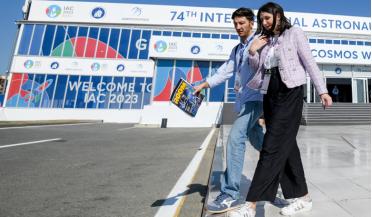 April 2024
ROOM at the 74th International Astronautical Congress
April 2024
ROOM at the 74th International Astronautical Congress
... and refuelling otherwise healthy satellites. However, despite the push to return to the Moon, there is scant recognition of the issues looming in the cis-lunar environment: with an increase in the lunar orbital population, what about sustainability...
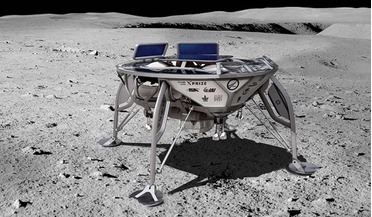 01 February 2019
First private spacecraft gearing up for Moon landing
01 February 2019
First private spacecraft gearing up for Moon landing
... non-governmental entity in the world to go to the moon. Landing on the moon was for many years a little-discussed topic among the public, but recently we see growing interest as world superpowers seek to return to the moon in a variety of commercial...
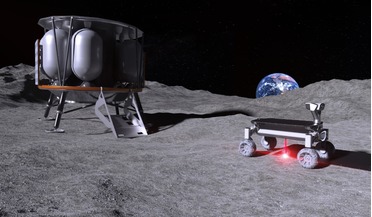 31 May 2019
Melting moon dust with lasers to use in lunar habitats
31 May 2019
Melting moon dust with lasers to use in lunar habitats
A return to the Moon has become a high priority for many international space agencies and companies wanting to stamp their mark on the dusty lunar surface, either by undertaking scientific experiments or to mine it for potential resources. Some even...